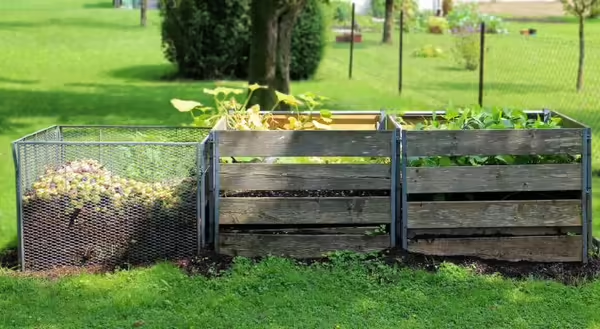
Peat wetlands are delicate ecosystems that take thousands of years to form. Peat accumulates at a rate of about 1 millimeter per year. When the peat moss industry harvests 22 centimeters per year, it is easy to see why there is a concern for its sustainability.
Many rare plants and animals can only survive in peat wetlands. These wetlands purify water and remove carbon dioxide from the atmosphere. To harvest peat moss, ditches are constructed to drain water from the area. Large vacuums remove the peat.
“The peat industry is required to reclaim the harvested peat wetland,” says Nicole Flowers-Kimmerle, University of Illinois Extension horticulture educator, “but it can take up to 20 years for the wetland to return to pre-harvest functions.”
Whether potting plants or starting seeds, a good quality soilless potting mixture makes a difference, Flowers-Kimmerle says.
Alternatives to peat moss
While it seems impossible to think of potting mixes without peat moss, there are viable alternatives.
- Coconut coir: Coir is a byproduct of the coconut industry. It holds water and nutrient content similar to peat moss. The salt content can be high due to the processing, but low salt varieties are available.
- Composted wood fiber and biochar: Research on these materials show promise as components of soilless potting medium.It adds nutrients and structure to the potting mix and keeps it out of landfills.
- Compost: Composted garden and yard waste is another alternative. Find out more about at the Illinois Extension website web.extension.illinois.edu/compost/process.cfm or contact your local Extension office for more information.
Mix potting medium for vegetables by using two parts compost, two parts coconut coir, and one-part sharp builder’s sand or perlite, Flowers-Kimmerle says. "Making your own potting mix is an economical and environmentally friendly way to make a peat moss free soilless medium."
MEET THE AUTHOR
Nicole Flowers-Kimmerle is a Agriculture and Natural Resources (Horticulture) Educator for Fulton, Mason, Peoria and Tazewell counties. She completed a bachelors of science degree in crop science at the University of Illinois, and a master’s of science degree in agronomy with an emphasis in weed science at the University of Wisconsin-Madison. She has also worked at Montana State University as a research associate where she worked on weed control in sugar beets and barley. She taught high school chemistry and other science classes where she was able to teach students in both the school garden and greenhouse. She works with both the Extension Master Gardeners and Extension Master Naturalists.
ABOUT THE BLOG
ILRiverHort is a blog that helps people connect to nature and grow.